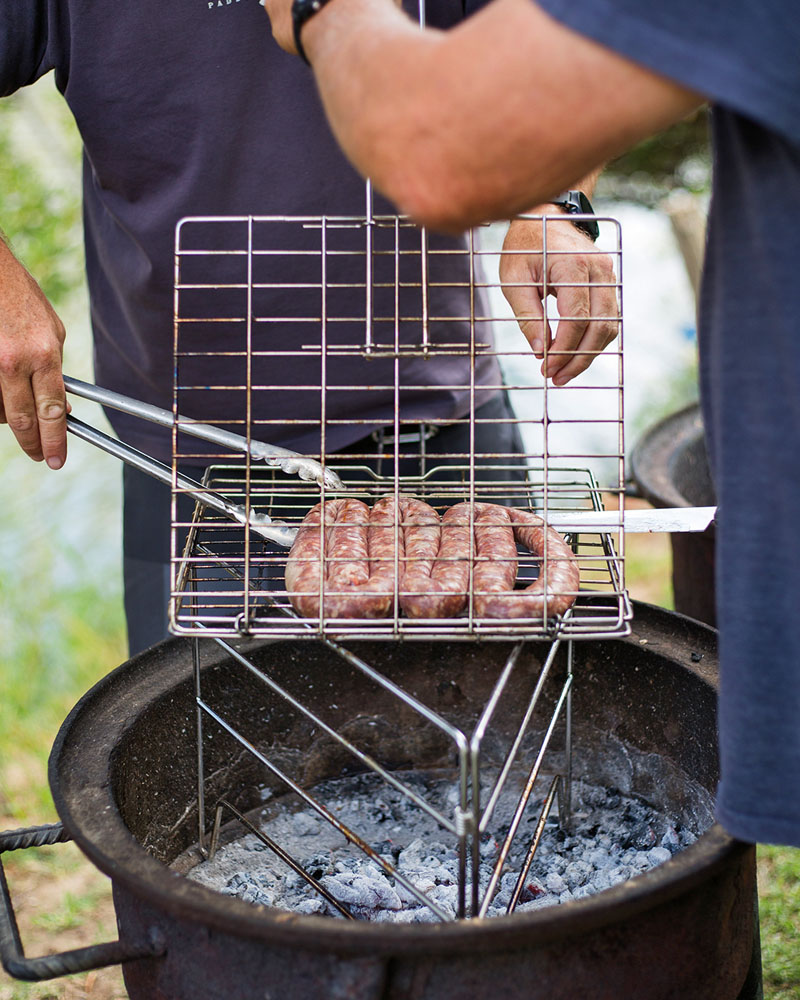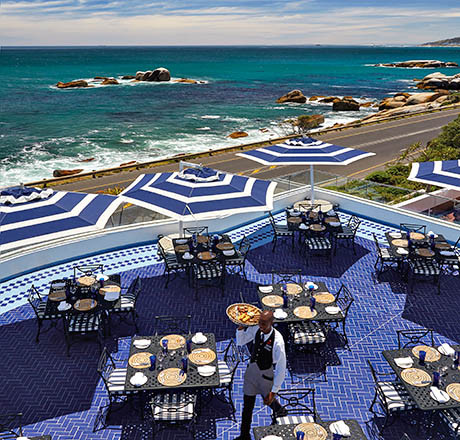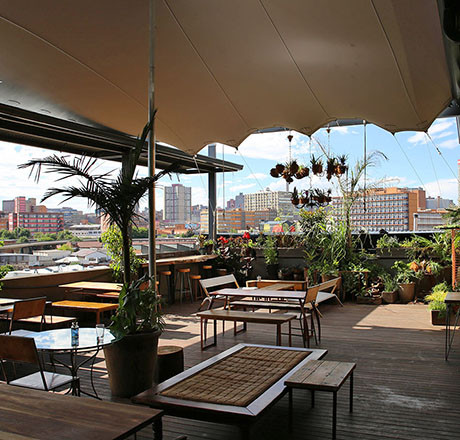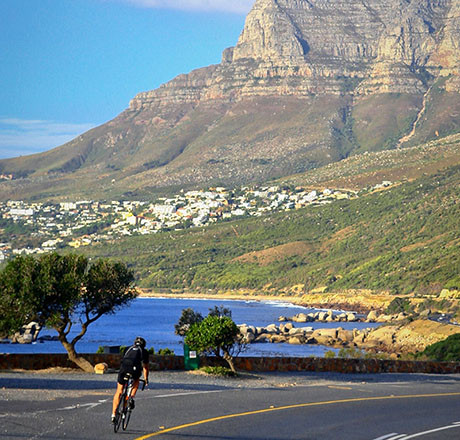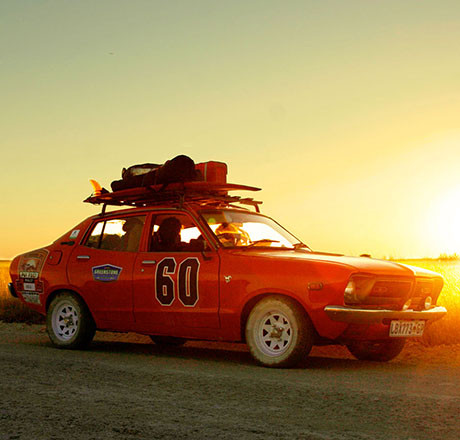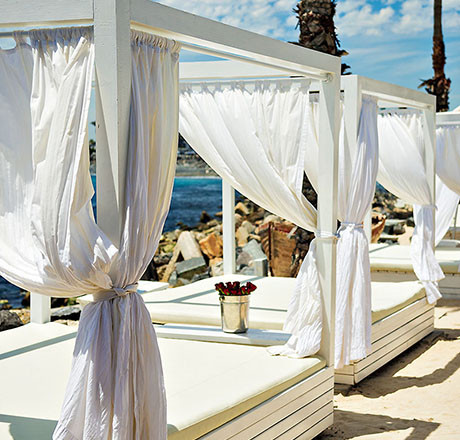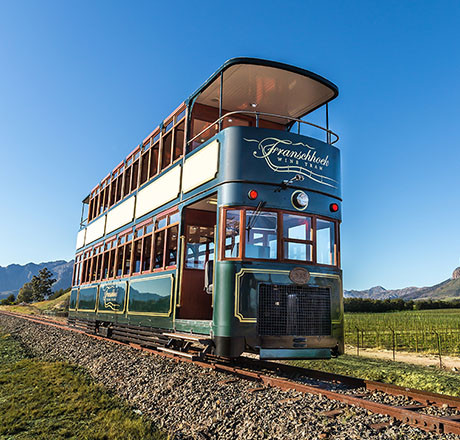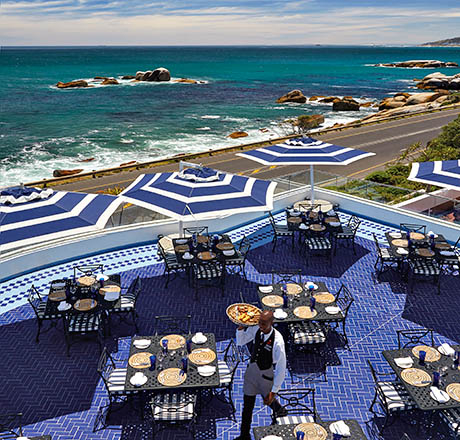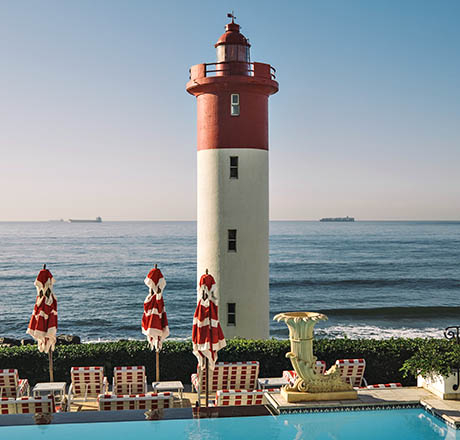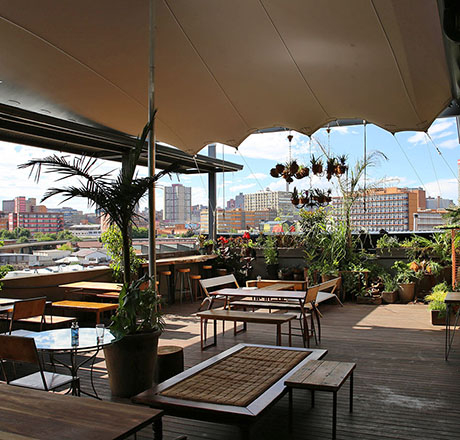South Africa
Grilling South African Style
In South Africa, the braai – an Afrikaans word meaning to grill – is the perfect excuse to gather with friends and family. With South Africa’s chequered history, you could say it brings the country together. Even Heritage Day, a public holiday celebrated on 24 September each year, is affectionately known as Braai Day.
The love of meat cooked over an open fire, traditionally fuelled by wood and often charcoal (but never gas) is something all South Africans share. It cuts through ethnicity, race and class. In the 11 official languages spoken in the Rainbow Nation braai is the only word recognised by all. Where Australians have MasterChef, South Africa has Ultimate Braai Master.
The bloodied carcass being thrown around our braai is a sirloin fillet, though cuts of ostrich, bok (antelope) and wildebeest aren’t unheard of, particularly in rural areas up north. Sharing the grill is an unsightly curl of boerewors (farmer’s sausage), similarly flung around with reckless abandon. Each skin has been stuffed with minced beef, pork or lamb and seasoned by a fiery blend of herbs and spices introduced by seventeenth-century Asian slave labourers. It smells great, tastes better and looks truly awful.
I’ve anticipated this meal since I flew into Johannesburg two weeks ago. For seven years I lived in the Middle East, often socialising with South African expats and gorging on barbecued slabs of marinated beef, lamb and chicken. Here in their homeland, though, the opportunity for me to indulge in a braai has, thus far, proved elusive.
The problem is that I’ve been holed up in various five-star establishments. Diddums, you say. But while I’ve certainly enjoyed their indulgent offerings, the buffet dinners served up night after night lack the intimacy of a backyard cookout.
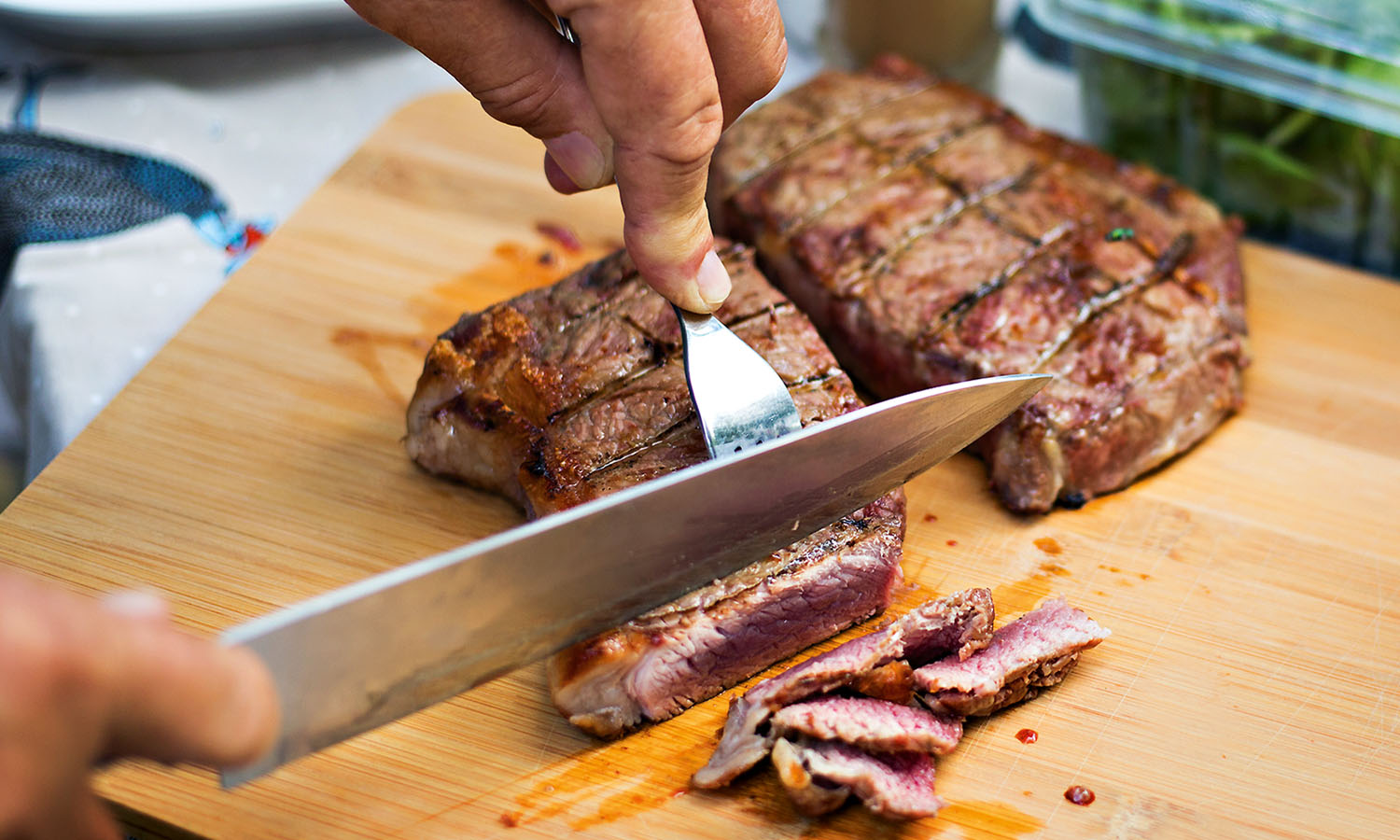

On this particular evening I’m standing on the patio of a friend’s cottage in the Cape Town seaside suburb of Fish Hoek. The sound of ocean breakers can be heard dispersing against the sand two blocks away and the last burning vestiges of sunlight reflect in the clouds, much like the charcoal embers glowing beneath the boerewors. Another Capetonian friend from those years in the Arabian Gulf brandishes a pair of tongs, clasping our meal as a heron might a fish.
Gareth flips the meat and tosses it around the grill, ensuring it’s evenly cooked. Watching his constant jostling drives me nuts – I adhere to a less is best philosophy when it comes to steak – but I dare not challenge him. The man with the tongs wields the power and etiquette dictates that advice can be sought but not forced.
Potatoes baking inside a blanket of foil rest on the coals while appetisers are spread on an adjacent table. Sides of coleslaw, garlic bread and warm butternut pumpkin salad baked with cream and chakalaka, a much-loved local vegetable relish, are brought out to complete the meal. In northern provinces, they might also prepare pap – a maize porridge that can be eaten dry and crumbling or dampened with rich gravy.
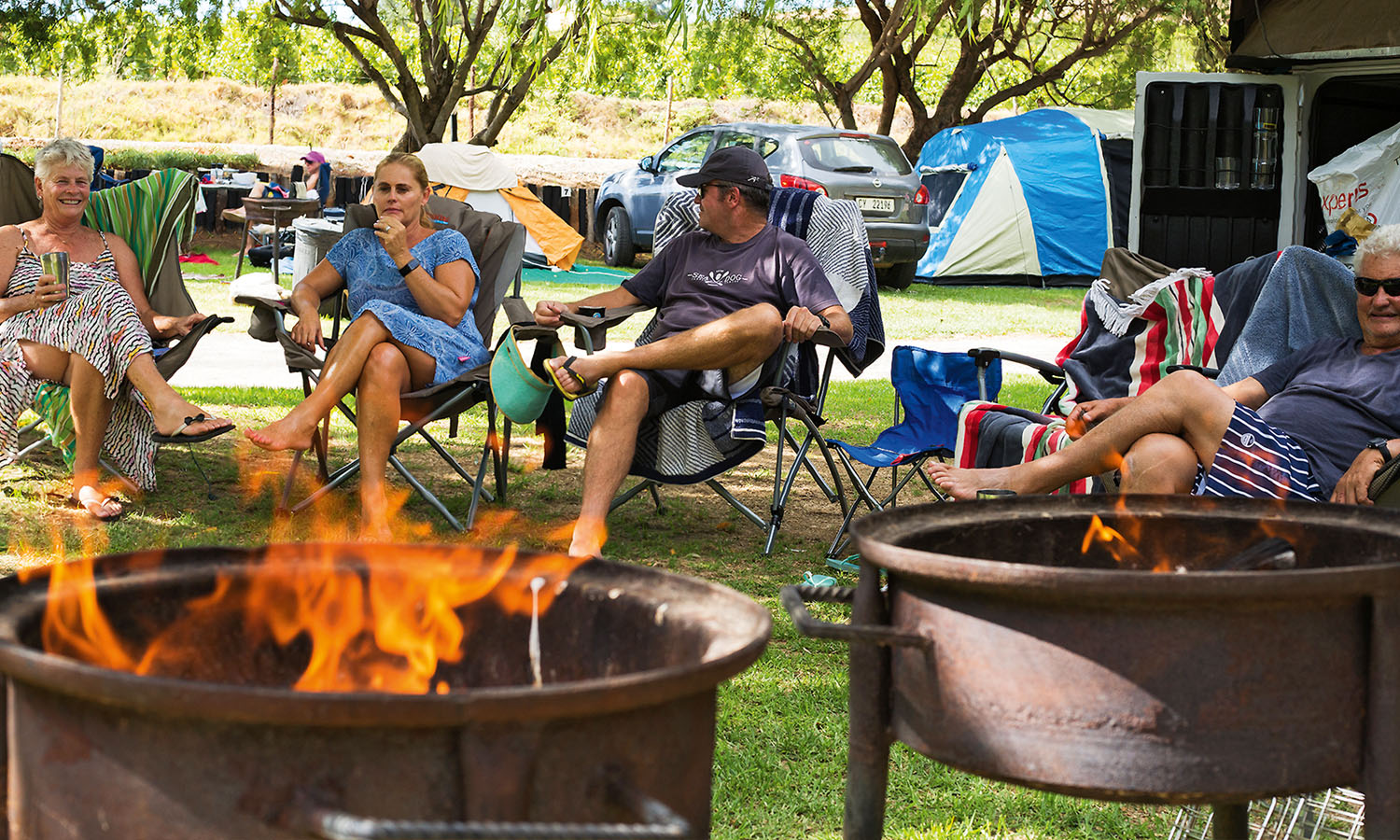

Each of us cradles a cold dop, the Afrikaans word for drink. In this instance, the dop is a stubby, but it might just as easily be wine, especially around Cape Town, where bountiful ‘wine farms’ produce decent pinotages and sauvignon blancs for as little as AU$5 a bottle. Brandy is another local drop we forgo this night.
Whenever the Springboks rugby team is playing, or the Proteas cricketers, fans organise braais around them. You’re expected to be able to cheer on a national team with a full stomach here. But tonight the television stays off, and conversation hums around the hearth – what some here call the ‘African TV’.
For now, I’ll just cheer on the process. Their barbecue technique is unfamiliar, but that’s not to say they do it wrong. Far from it. When you can savour the beautiful South African climate with a cold dop in hand and the warm glow of the fire nearby – especially with old friends to keep you company – it’s impossible not to feel that this is how life is meant to be lived.
Serves 8 as a side
INGREDIENTS
1 medium butternut pumpkin
250ml cream
1 tin Hot and Spicy Chakalaka
Chakalaka is a curried tomato, carrot, capsicum and cabbage
sauce available online from South African Products.
saproducts.com.au
METHOD
Peel and dice the butternut pumpkin, discarding the seeds. Place the flesh in a casserole dish and pour the chakalaka and cream over the top. Mix to make sure the pumpkin’s evenly covered. Put the dish in a pre-heated oven set to 180°C for 60 to 90 minutes, or until the pumpkin is tender. Serve warm.
Words Mark Daffey
Photos Andrea Willmore
Tags: africa, barbecue, food, recipe, south africa, traditional food
 (
(

